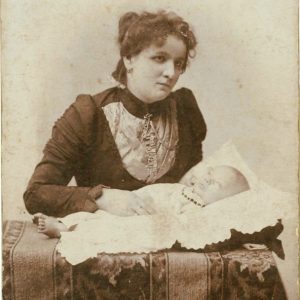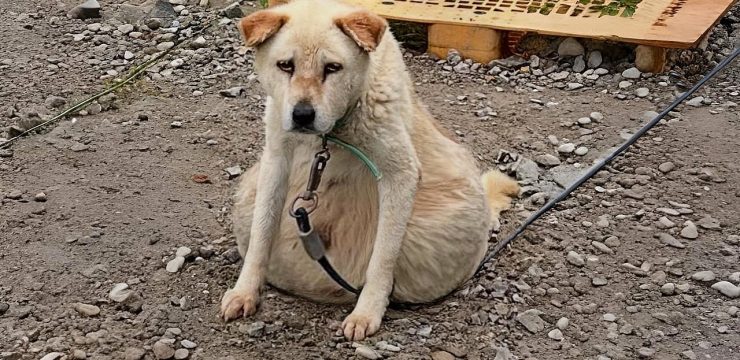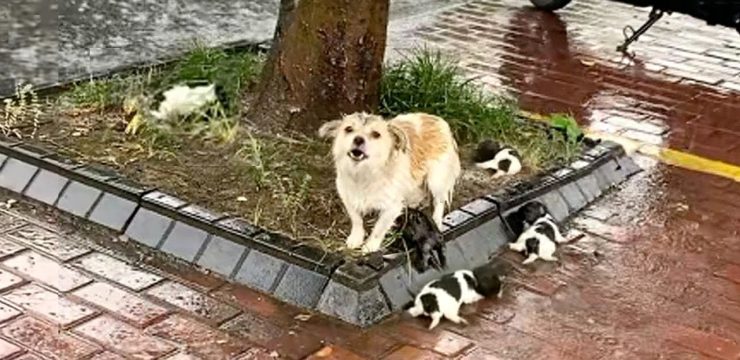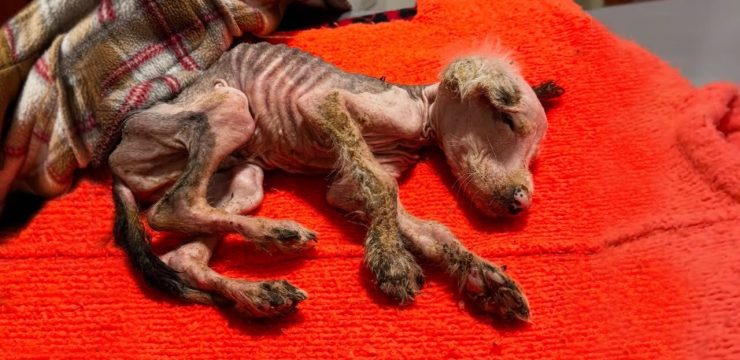Some photographs have an eerie way of sending chills down your spine, even when they weren’t meant to. A simple snapshot, taken without any sinister intent, can become deeply unsettling once history gives it context. Why does it feel so haunting? What’s the real story behind it?
Throughout the years, cameras have unknowingly frozen moments that evoke curiosity, discomfort, and endless questions. These photographs weren’t designed to be creepy, yet something about them—be it a forgotten backstory or a peculiar detail—makes them unforgettable.

Sometimes, uncovering the truth behind a photo offers relief. Other times, it only adds to the unsettling mystery. Curious to dig into the real stories behind these haunting glimpses into the past?
In 1892, a disturbing photograph captured a towering mountain of bison skulls outside Michigan Carbon Works in Rougeville, Michigan. These bones were collected to be processed into items like glue, fertilizer, and charcoal. Beyond the grotesque scale, this image symbolizes the brutal decimation of bison populations in North America. At the dawn of the 1800s, tens of millions of bison roamed freely. By the time this photo was taken, only 456 wild bison remained. Colonization, westward expansion, and growing demand for bison hides and bones triggered a slaughter that left behind ecological destruction and a tragic cultural loss for Indigenous Nations. Today, conservation efforts have helped restore their numbers to about 31,000 in the wild, but this image serves as a chilling reminder of how industrial greed nearly erased a species.
A more curious image from the 1950s shows Norwegian singer Inger Jacobsen sitting beside her husband, Danish ventriloquist Jackie Bülow. While seemingly innocent, the presence of the ventriloquist dummy gives the photo an uncanny feel. Jacobsen, a household name in Norway, represented her country in the 1962 Eurovision Song Contest. Her husband’s ventriloquism was popular during a time when radio and early TV embraced the art form. Though less common now, ventriloquism lives on through performers like Darci Lynne and Terry Fator, proving that even strange-looking traditions can leave a lasting legacy.
An image taken in 1875 by Félix Bonfils shows a merchant asleep among a collection of ancient mummies. While fascinating, it underscores the disturbing ways in which mummies were historically exploited. Europeans during the Middle Ages used mummified remains in bizarre ways—from grinding them into powders for so-called medicine to using them as fuel for torches. In the 19th century, mummies were shipped out of Egypt and paraded in “unwrapping parties” for the elite, blurring the line between scientific study and morbid entertainment. This photograph is a stark reminder of how relics from one culture were desecrated and commodified by another.
The image of children lying in iron lungs during the 1953 polio epidemic is difficult to forget. These cylindrical machines helped patients breathe when the virus paralyzed muscles necessary for respiration. The 1952 outbreak in the U.S. was especially brutal—affecting over 58,000 people and killing more than 3,000, mostly children. Rows of children confined to mechanical respirators represent both the horror of the disease and the strength of those who survived. The eventual rollout of the polio vaccine in 1955 changed everything, but the memories of that fearful time still linger in these haunting photos.
A deeply emotional photo from 1901 shows Otylia Januszewska holding her deceased infant son. This image reflects the Victorian era’s post-mortem photography tradition, where photos were taken of the dead to preserve their memory. Rooted in the concept of “memento mori,” or “remember that you will die,” these portraits helped grieving families maintain a final connection to their lost loved ones. While it may seem grim today, this practice once brought comfort, reminding the living of the fragile and finite nature of life.
A sobering photograph from 1911 features Nan de Gallant, a 9-year-old girl working in a sardine factory in Eastport, Maine. Instead of spending her summers playing, Nan labored alongside her mother and sisters at the Seacoast Canning Co. Child labor was commonplace in early 20th-century America, especially in industries like canning and textiles. Though laws existed banning children under 12 from factory work, many—including Nan—slipped through the cracks due to industry loopholes. Her photo gives a face to a generation of children who traded their childhoods for survival.
In 1964, a photo was taken of James Brock, a motel manager in Florida, pouring muriatic acid into his pool to keep Black swimmers out. This shocking image came during the Civil Rights Movement, as activists in St. Augustine tried to desegregate public spaces. Instead of allowing equality, Brock chose violence. Captured by photographer Charles Moore, the image now stands as a painful reminder of America’s racist past—and a testament to the bravery of those who fought against it.
Around 1900, a group of Belgian coal miners was photographed squeezed into an elevator after a long shift. Their faces, blackened by soot, reflect the dangerous and exhausting nature of their work. The mines were hazardous, but these men endured, relying on each other through shared hardship. Their strength and solidarity were the backbone of a booming industrial economy.
In 1936, FBI agents arrested Alvin “Creepy” Karpis, one of America’s most wanted criminals. Karpis, part of the Barker gang, had attempted to evade capture by surgically altering his appearance and even scraping off his fingerprints using cocaine and a scalpel. Despite his efforts, he was caught in New Orleans and sentenced to life in prison. Photos of his mangled fingertips reveal the extreme lengths criminals would go to in order to stay one step ahead of the law.
Lastly, Halloween in the 1930s looked a lot different than it does now. Costumes were homemade, often eerie or surreal, and celebrations were aimed at curbing mischief during the Great Depression. Neighborhoods organized events to keep kids out of trouble—laying the groundwork for today’s trick-or-treat tradition.
One especially rare image from around 1908 shows two men making a death mask—a mold of someone’s face taken shortly after death. Unlike idealized portraits, these masks were eerily accurate, preserving every line and wrinkle. Historical figures like Lincoln and Napoleon had death masks made, which were later used as models for statues and busts that kept their memories alive.
Have you ever come across a photo that gave you pause? Which of these struck you the hardest? Let us know what you think—your thoughts help keep history alive.





